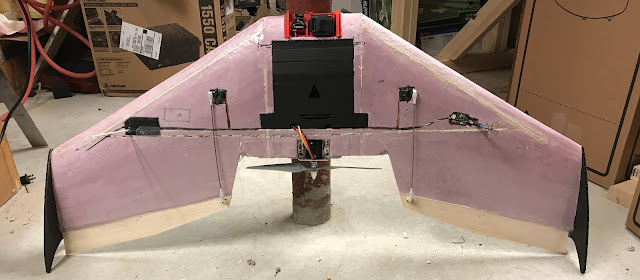Washout (twist and shout)
In the last post I covered some topics on analysis. In this post I want to focus on washout, in this case structural washout sometimes called twist. This can be a tricky subject and one that some builders and manufactures avoid. I will do my best to describe what washout is and why I chose to include it in my design. There are 2 types of washout, structural and aerodynamic. Aerodynamic washout refers to the use of several different devices that can accomplish the washout effect without incorporating a structural change to the wing. These include modified airfoil section, vortex generators , leading edge wing fences , notches, or stall strips . The main purpose of these devices is to reduce airflow along the wing span to reduce the likelihood of a tip stall. I am going to focus this discussion on structural washout. Structural Washout I pulled together this diagram to try to explain washout. This discussion will ...




